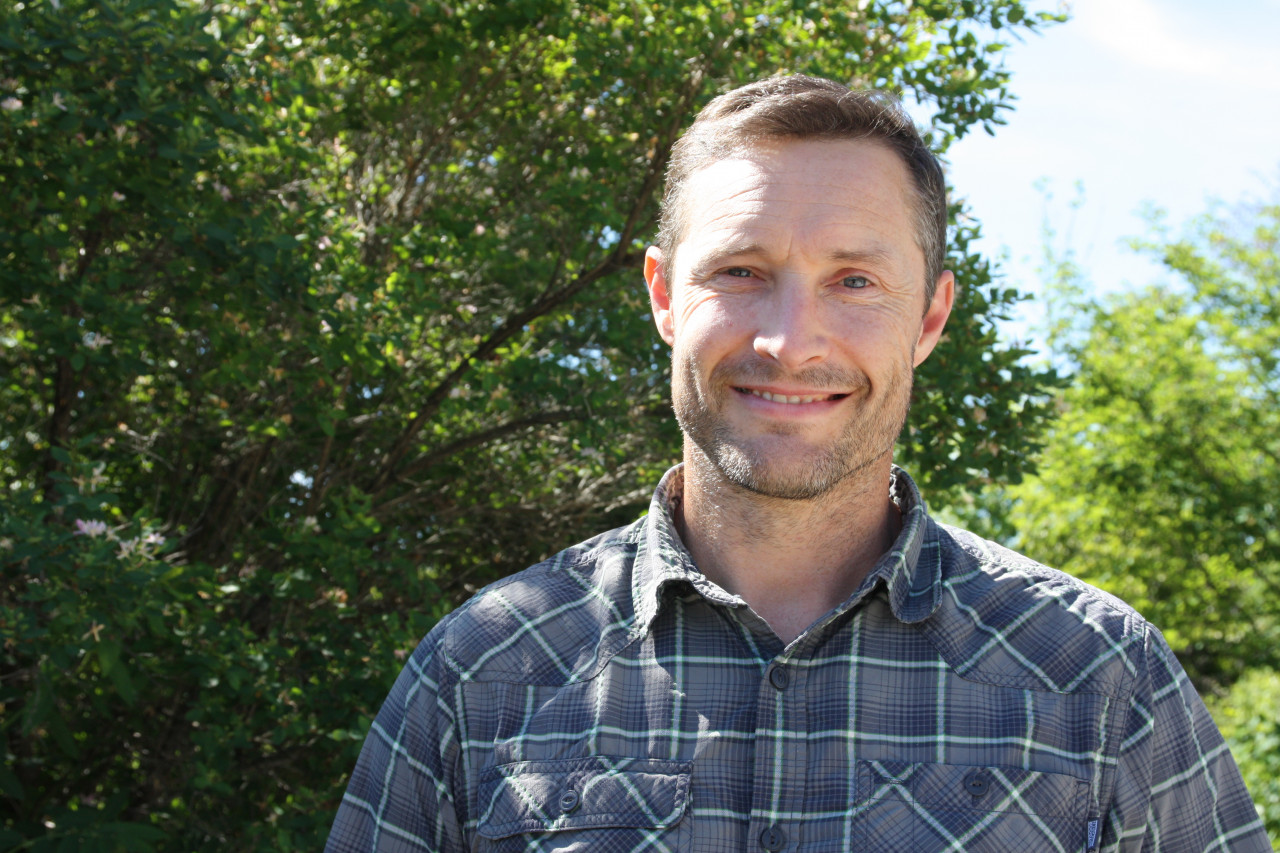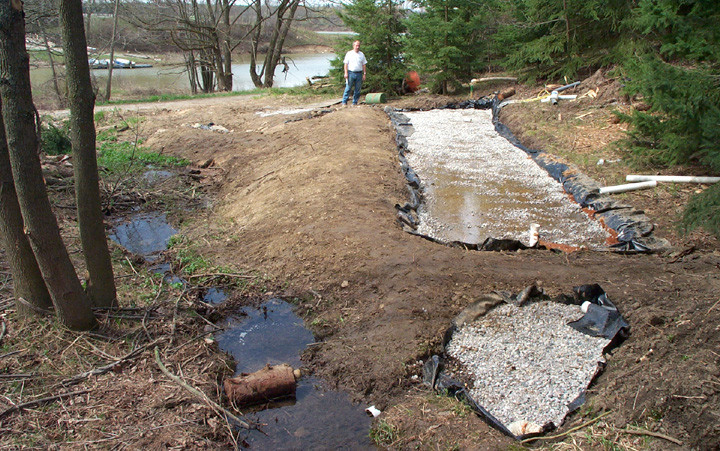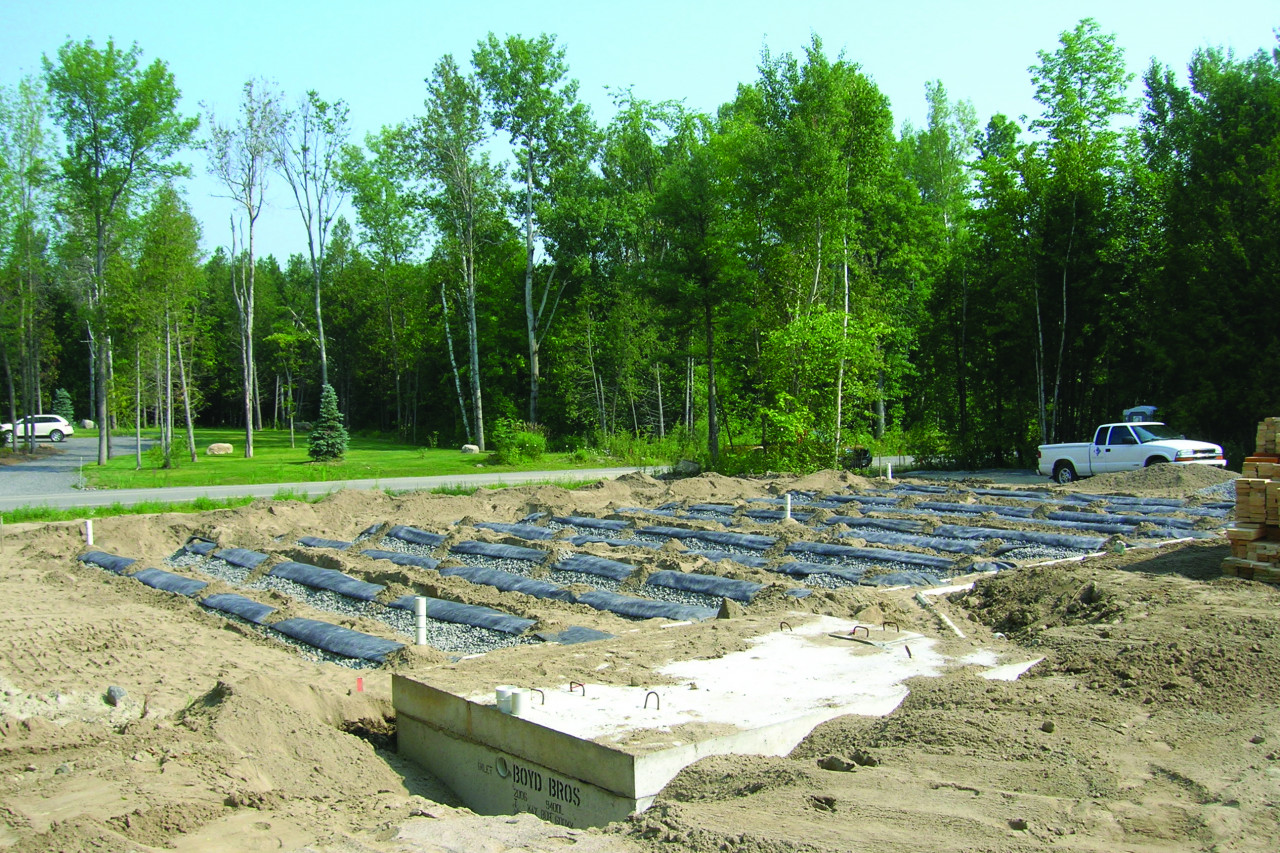Meet your friendly, neighbourhood septic inspector: Adam Dillon
The RVCA spearheads a huge range of watershed management activities, and one of them is keeping harmful contaminants out of our drinking water through septic inspections. Not sure what that means? Meet Adam Dillon, your friendly, neighbourhood regulations inspector, to find out:
Tell us about yourself: What do you do at the RVCA?
I've been a septic regulations inspector at the RVCA for 15 years. My colleagues and I split the region geographically, and I cover everything in Ottawa east of the Rideau River. My primary goal is to make sure private septic systems are installed properly and that the homeowner's getting the quality product they've paid for.
What's the benefit of this program to homeowners?
As inspectors, we're there to protect the property owner's investment. We're making sure corners aren't being cut, that the septic system is installed properly, that the permit is being followed. I do four inspections per file: I visit the site before the application's approved, again during site prep, once during construction and after it's all done to make sure it's installed properly. For the homeowner, this makes the septic system legitimate and protects them from problems down the road. For one thing, if it's installed properly you should get a longer life out of it. But also, if you're selling your house an illegal or faulty system could really bite you later.
How does this process help keep our watershed healthy?
Essentially, by having private services you're returning the wastewater to the spot it was taken from, so you need to make sure it's clean and purified before it goes back into the ground. A properly installed septic system will keep nutrients and contaminants out of our drinking water and prevent us from getting sick.
Not everyone loves bureaucracy and rules. What pushback do you get about the septic permit process?
Sometimes people aren't happy about aesthetics. Today's standards might be different than the last time they installed their system, so the homeowners might have to remove a favourite tree, or the new system will create a mound in their backyard. That's when people get upset. They don't like change.
But 90 per cent of the time, permit applications are coming in from qualified designers who know the province's regulatory requirements and what's necessary for approval, so there's very little in the way of revisions.
Despite a misconception that we slow the process down, we often beat mandated turnaround times for permits and inspections by half. If the building code says we've got 10 days, we try to do it in five. This quick turnaround is good for the landowner as well as the installer, who doesn't get paid until the work is done. We know that, and we make it a priority.
For more information about the septic process, visit https://www.rvca.ca/regulations-planning.
When you subscribe to the blog, we will send you an e-mail when there are new updates on the site so you wouldn't miss them.




Comments